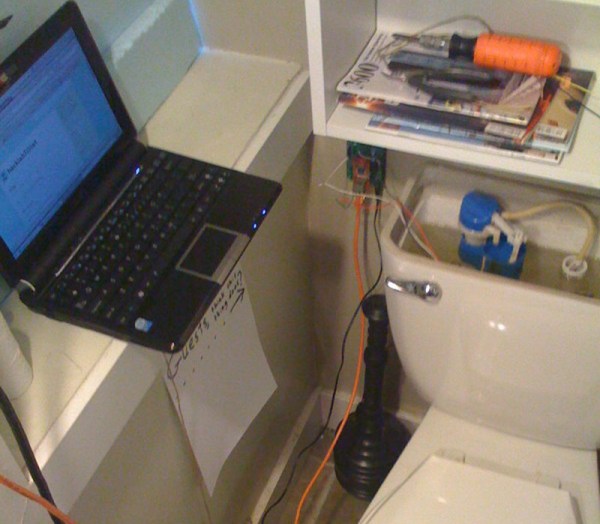
[Daniel] sent in this project. He tells us it’s an Arduino powered kid’s toy that “furiously swings his arms” when you squeeze his chest. As you can see in the video on the site, furious is up for interpretation. It is a sloth though, maybe that’s sloth furious. While it is cute and we do applaud the effort, anyone with children will agree that this is a step down in destruction for a 3 year old. You’re going to have to spice it up a bit, or give it a timer and make it free standing, make it roar or something to make it more appealing. What recommendations do you guys have to improve this toy?















